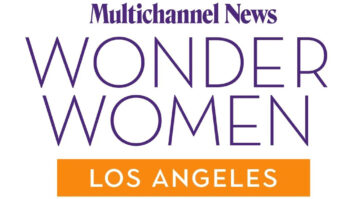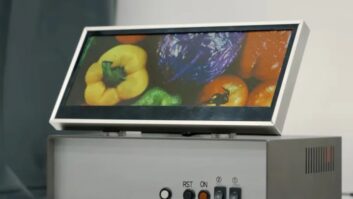
Today the consumer tech market generates over $230 billion a year in sales in the U.S. market alone. The Big Four of electronics retail – Best Buy, Walmart, Apple, and Target – have a total of 15,000 store fronts combined and account for a third of all annual sales. Another third comes from direct-to-consumer sales by HP, Dell and Amazon, and the final third is everyone else.
Knowing how these retail environments work is critical to your success, and they are all different in one way or another. For example, at Best Buy product packaging has to work very hard in order to differentiate itself from its competition. Sales associates, called “Blue Shirts,” may not always be able to distinguish one product from another and you’ll be merchandised right alongside other brands selling similar items.
Over at Apple they deploy a somewhat unofficial referral-based system. Meaning, if you ask three separate sales associates which iPhone case they would recommend, you’ll get three different answers. Referrals indicate that the sales associates actually know the product intimately enough to have real opinions, which is great. It’s for this reason that packaging plays a less critical role here than in the other three chains.
At Walmart and Target you’ll have to do the heavy lifting in terms of education on your packaging, because in these formats the customers are on their own. The lack of sales help is offset by cost savings, but you’ll still need to compete with your competition for the attention and understanding of a less technically sophisticated customer.
In three of the four big retailers (Best Buy, Walmart and Target), the stores are laid out in long rows or aisles where different products hang from hooks and are packed in close together like sardines. The tops of these aisles are often at or below eye level so much of the time you’re looking down at multitudes of products.
Here then are three principles for creating effective consumer tech packaging for these three varied retail environments:
Know your competition
If your goal is to distinguish yourself from your competition and attract the attention of your customer, then doing a quick competitive analysis at the onset of a project can be an invaluable exercise. In addition to buying samples of competitors’ packaging it’s important to break things down even further. What primary and secondary colors are your competitors using? What is everyone communicating at a browsing distance, say ten feet away? What is the voice of these other brands? If they have a strong position in the market what is that position and how does that effect your decisions when you begin to communicate to the world?
For example, Otter Box phone cases have a very strong position in the market: protection. However, its competition is all over the map. Incase = fashion, Speck = creativity. A brand’s position in the market can really affect the meaning it has in the mind of the customer. Knowing where your competition is in terms of the meaning they’re trying to create will help you navigate these waters and take advantage of the opportunities at hand.
Keep it simple
There are a ton of brands in every category and every retail aisle competing for the attention of the same customer. The typical strategy is to add more information, more features and more benefits than the product on the hook next to yours, but that much noise created from so many brands communicating in this way can be overwhelming. Keep it simple for the customer to choose you. Either visually or through simple wording, help shoppers by communicating the complex in a very simple manner. What is the one reason that anyone should care why you made this product and sent it out into the world? Why does it matter to them in terms of the benefit? And then communicate that one thing in a simple and compelling way. Remember, if you try and communicate one thing the customer will process that one thing, but if you try and communicate three things the customer will process nothing.
Be true to yourself
Every company has a soul or a culture that is often created at the top and trickles down to every employee below. It’s like your fingerprint and no two are the same. So why do you see so many “me too” brands that look and sound the same? Well, because most are simply copying their competition, which, in the long run, will not help them build a strong brand. No one can be you; just look at the hundreds of companies that are trying to be Apple. Have any of them succeeded in doing so? Communicating your authenticity consistently through time will build you brand loyalty. There are no shortcuts to earning trust, so before you create a communication device like product packaging, look inside your own company first and then project its meaning through your packaging.
Jamie Capozzi is the founder and creative director of Theory Associates, a strategic branding agency that creates crave for some of the world’s leading technology brands. He can be reached at (415) 904-0995.













